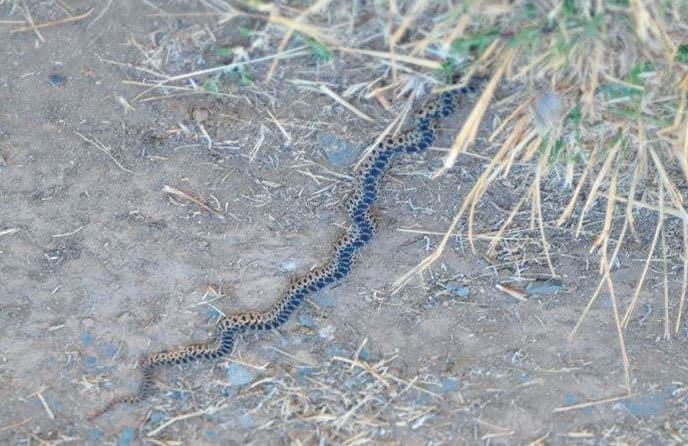Rattlesnakes fill most of us with fear and anxiety. For many, the only good snake is a dead snake.
But rattlesnakes deserve our respect for being among the earth’s most efficient and specialized predators. Without snakes keeping their population in check, the rodents and other prey that they consume can be serious pests. Snakes play an important role in maintaining the balance of nature. Biologists consider rattlesnakes, which exist only in the Western hemisphere, to be the newest or most recently evolved snakes in the world.
Rattlesnakes also deserve our appreciation because, for the most part, they are shy and avoid confrontation. According to the World Health Organization, venomous snake bites are an important public health problem in rural Africa, Asia, and Latin America. A recent worldwide study estimates that at least 421,000 and as many as 1,841,000 humans are bit by venomous snakes each year, resulting in 20,000 to 94,000 human deaths. The greatest number of bites and fatalities occur in South Asia, Southeast Asia, and sub-Saharan Africa.
In contrast, according to the (U.S.) Centers for Disease Control and Prevention, 7,000 to 8,000 Americans receive venomous snake bites per year, and, on average, only five of them die. Millions more dogs in the U.S. are hit by cars and euthanized in animal shelters than are ever bitten by snakes.
By learning about rattlesnakes, adjusting our property and behavior, and training our dogs well, we can reduce the risk of rattlesnake bites and more safely coexist with them.
Related Articles
How to Prevent or Treat Bites from Poisonous Snakes Snake Avoidance Training for Dogs Are You Sure It Was A Rattlesnake? Why Are The Effects Of Snake Venom So Varied? A Snake-Bite Survival Story






